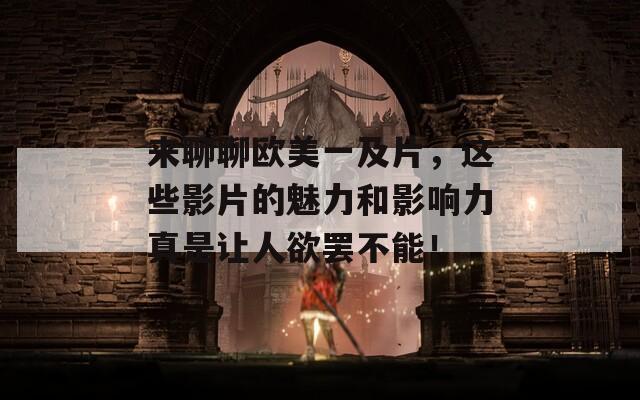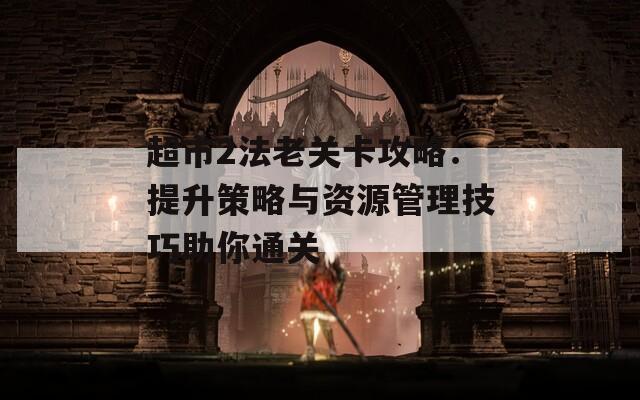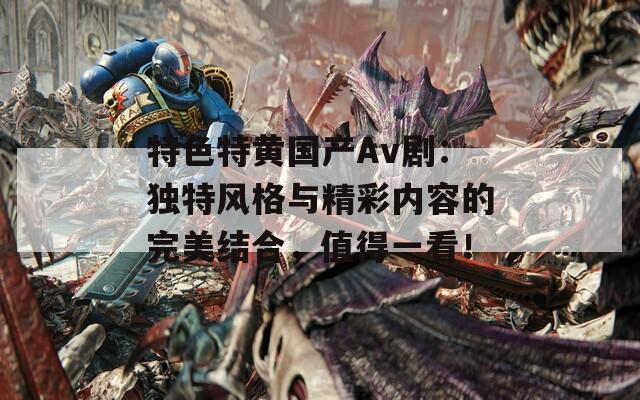In the world of football (soccer), every player has a specific role to play on the field, and these roles are often denoted by abbreviations. Among these, the position of goalkeeper is one of the most crucial. The abbreviation for goalkeeper is "G," which stands for "Goalkeeper." This article delves into the responsibilities, training, and significance of goalkeepers in a football match.

The Role of the Goalkeeper
The goalkeeper is the last line of defense for a football team. Positioned directly in front of the goal, the goalkeeper's primary objective is to prevent the opposing team from scoring. Unlike other players, the goalkeeper is allowed to use their hands within the penalty area, making this position unique. This ability provides them with an advantage to block, catch, and deflect shots on goal.
Key Responsibilities
Goalkeepers have several key responsibilities that set them apart from other players:
- Shot-Stopping: The most critical duty of a goalkeeper is to save shots taken by opposing players. This requires quick reflexes and an ability to read the game.
- Distribution: A goalkeeper must also efficiently distribute the ball after making a save. This can include throwing or kicking the ball to teammates to initiate a counterattack.
- Communication: As the player with the clearest view of the pitch, the goalkeeper must direct the defense, organizing their positioning and movements.
- Positioning: Proper positioning is essential for goalkeepers to maximize their chances of making saves. They need to read the game well and anticipate where the ball will go.
- Commanding the Area: Goalkeepers must be assertive in their penalty area, coming out to claim crosses and dealing with set pieces effectively.
Training and Skills
Becoming a proficient goalkeeper involves rigorous training, focusing on various skills essential for success in the position. Key areas of training include:
- Reflex and Agility Drills: Goalkeepers often engage in drills that improve their reaction times and agility, essential for making quick saves.
- Footwork Training: Good footwork allows goalkeepers to position themselves optimally for a save. Drills that enhance lateral movements and quick steps are crucial.
- Handling Techniques: Goalkeepers practice catching, deflecting, and punching the ball to ensure they can handle shots effectively.
- Game Scenario Simulations: Training often includes scenario-based drills that replicate game situations, allowing goalkeepers to practice decision-making under pressure.
The Significance of a Good Goalkeeper
A skilled goalkeeper can significantly impact a team's performance. A strong presence in goal often instills confidence in defenders, knowing they have a reliable last line of defense. Moreover, a goalkeeper's ability to make crucial saves can change the outcome of a match, turning potential defeats into draws or victories.
Historically, some of the world's best goalkeepers have become legends of the game. Their unique skills and contributions have made them icons, often remembered long after their careers have ended. Players like Gianluigi Buffon, Peter Schmeichel, and Lev Yashin are just a few examples of goalkeepers who have left an indelible mark on football history.
Goalkeeper Equipment
To perform their duties effectively, goalkeepers utilize specialized equipment. This includes:
- Gloves: Goalkeeper gloves are designed with grip and padding to help catch and hold onto the ball more effectively.
- Protective Gear: Many goalkeepers wear padded shorts and jerseys for protection during collisions.
- Footwear: Goalkeepers typically wear cleats that provide good traction but may also differ slightly from outfield players in terms of detailing and grip.
The Evolution of the Goalkeeper Position
The role of the goalkeeper has evolved significantly over the years. Once seen primarily as a shot-stopper, contemporary goalkeepers are expected to contribute to the team's play with their feet. The rise of the "sweeper-keeper" style has changed how goalkeepers engage with the game, requiring them to be comfortable with the ball at their feet and participate actively in build-up play.
This evolution has led to goalkeepers receiving specialized training in passing, ball control, and tactics, aligning them more closely with outfield players. The modern goalkeeper is as much a playmaker as they are a defender, showcasing their versatility on the field.
Conclusion
In conclusion, the position of goalkeeper, denoted by the abbreviation "G," holds immense importance in the game of football. With their unique skills, responsibilities, and evolution over time, goalkeepers play a vital role in both defense and attack. Their contributions can define the outcome of matches and leave lasting legacies in the beautiful game.









